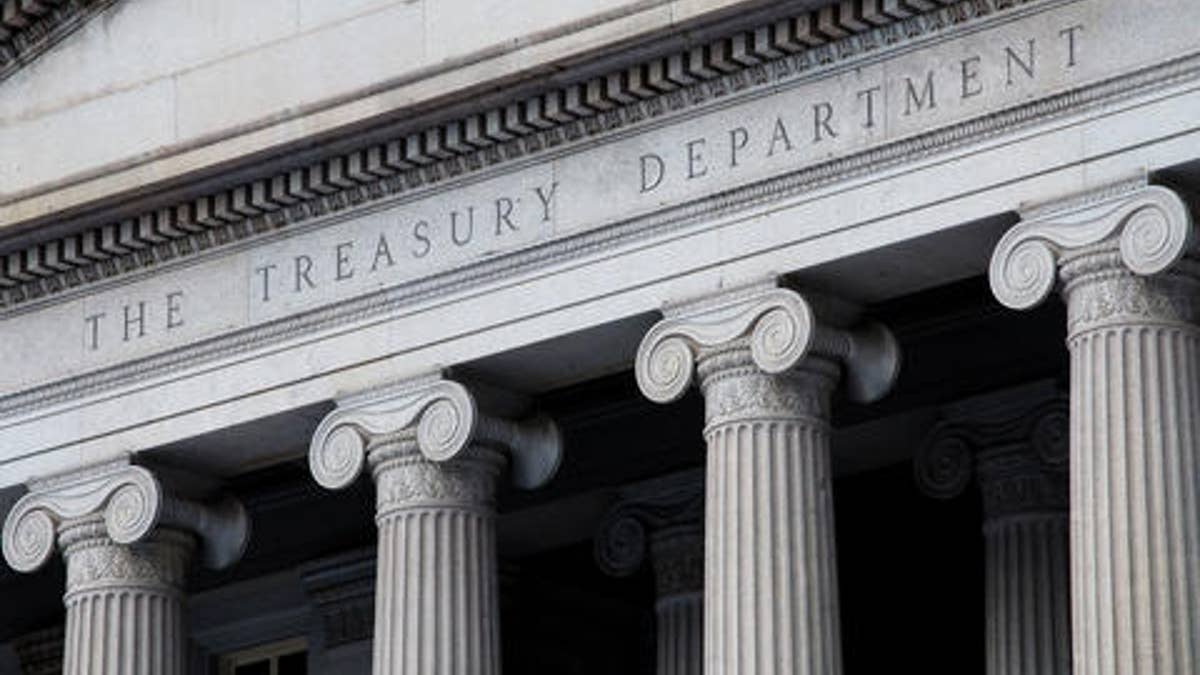What are the national debt’s biggest components?
With the 2020 election underway, the growing issue of national debt has taken a backseat. Find out the two types of debt that comprise the total U.S. debt of $23.4 million.
The U.S. debt, once at the forefront of concern, has taken a backseat as the nation turns its attention to the 2020 presidential election.
As of March 2020, the total U.S. debt stands around $23.4 trillion – which is more than 100 percent of the total gross domestic product.

The U.S. Treasury Department, located in Washington, D.C. (cbo.gov)
The debt is broken down into two categories: intragovernmental and public.
Intragovernmental debt refers to debt the U.S. Treasury owes to other federal agencies, like the Social Security Trust Fund. It accounts for nearly $6 trillion, or roughly 26 percent of the total debt.
Other large agencies that account for this debt include the Federal Disability Insurance Trust Fund, Office of Personnel Management Retirement and Military Retirement Fund.
WATCHDOG GROUP FILES IRS COMPLAINT, SAYS BLOOMBERG USING CHARITY AS POLITICAL TOOL
The other kind of debt, public, refers to debt owed to individuals, businesses and, in some cases, other governments. It accounts for more than $17 trillion (about 74 percent) of the nation’s total debt.
Despite pledges by both Democratic and Republican administrations to reduce the national debt, it continues to climb.
CLICK HERE TO GET THE FOX NEWS APP
According to Business Insider, President Trump has added about $3 trillion to the national debt during his three years in office, less than the $4.3 trillion President Obama added in the same time frame.




